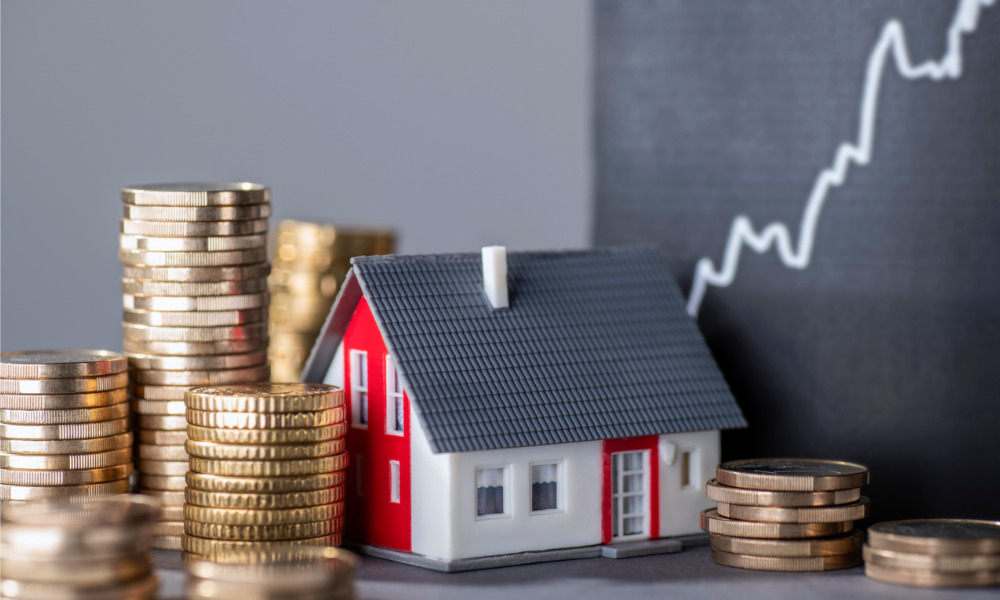Will big price drops follow soon?

The average house price in the UK has increased by 8.2%, or £19,650, in the past 12 months, although the quarterly growth rate of house prices is slowing, property listing platform Zoopla has reported.
In its September House Price Index, Zoopla said there are no immediate indications of a major slowdown in price inflation. It, however, noted that there are early signs of price sensitivity from the scale of reductions in asking prices of homes for sale.
“There has been a clear upward trend in the proportion of listings which have had asking prices reduced by 5% or more over the spring and summer,” Richard Donnell, research executive director at Zoopla, said. “The latest data shows that 6% of homes listed for sale have seen the asking price adjusted downwards.
“This is the highest level since before the pandemic, although repricing is a common seasonal trend as we enter the autumn market. Given the economic backdrop, we see this as a move to more of a buyer’s market after two years of a red-hot sellers’ market.”
According to the Zoopla report, the housing market is transitioning to a buyers’ market as higher mortgage rates are set to cut buying power by more than a quarter.
Read more: Is a house price crash coming? Brokers weigh in.
“Our analysis shows that if mortgage rates rise from 2% to 5%, buying power will be reduced by as much as 28%, assuming buyers want to keep monthly repayments unchanged,” Donnell said. “This will impact housing demand into 2023 for the seven in 10 buyers using a mortgage.”
Meanwhile, Zoopla stated the impact of higher mortgage rates on market activity will be compounded by sizeable increases in house prices over the pandemic. It added that the search for space and record low mortgage rates have resulted in the average value of a house increasing five times more than the average value of a flat over the pandemic.
It cited the case of Wales, where house prices have recorded a 27% jump since the start of the pandemic – an equivalent of 10 years of pre-pandemic growth compressed into just over two years.
A similar pattern has been observed in the North East and Scotland, largely due to below-average price growth since 2009. Across other areas and property types, recent price growth has been the equivalent of four to five years, highlighting how much prices have jumped ahead.
“Right now, we don’t see any big variations in price adjustments by region or property type,” Donnell said. “The adjustments are to be expected as the market transitions from one where demand greatly exceeds supply.
“They are not precursors for big price falls, but indicate the rate of price growth will slow more rapidly in Q4 and into 2023.”



